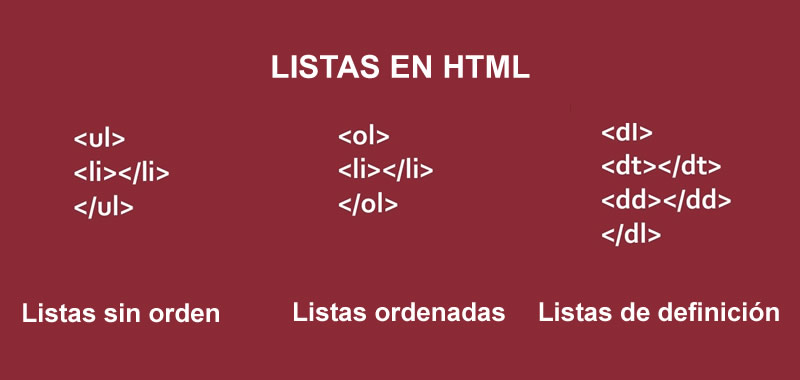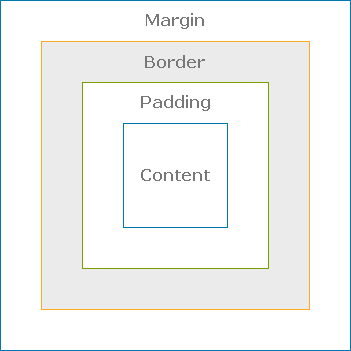code-201-reading-notes
Here you can find my reading notes, Enjoy Reading!
HTML Lists, Control Flow with JS, and the CSS Box Model
There are lots of occasions when we need to use lists. HTML provides us with three different types:
- Ordered lists
- Unordered lists
- Definition lists
Ordered lists use numbers, Unordered lists use bulletsm and Definition lists are used to define terminology .. Lists can be nested inside one another.

BOXES
CSS treats each HTML element as if it has its own box.
X You can use CSS to control the dimensions of a box.
You can also control the borders, margin and padding for each box with CSS
It is possible to hide elements using the display and visibility properties
div.card {
width: 250px;
box-shadow: 0 4px 8px 0 rgba(0, 0, 0, 0.2), 0 6px 20px 0 rgba(0, 0, 0, 0.19);
text-align: center;
}

JS
when you start learning to read and write JavaScript you will know how to give a web browser instructions you want it to follow.
A script is made up of a series of statements. Each statement is like a step in a recipe. Scripts contain very precise instructions. For example, you might specify that a value must be remembered before creating a calculation using that value.
Variables are used to temporarily store pieces of information used in the script and JavaScript distinguishes between numbers (0-9), strings (text), and Boolean values (true or false).
DECISIONS & LOOPS
Conditional statements allow your code to make decisions about what to do next.
Comparison operators (===, ! ==, ==, ! =, <, >, <=, =>)
are used to compare two operands.
Logical operators allow you to combine more than one set of comparison operators.
